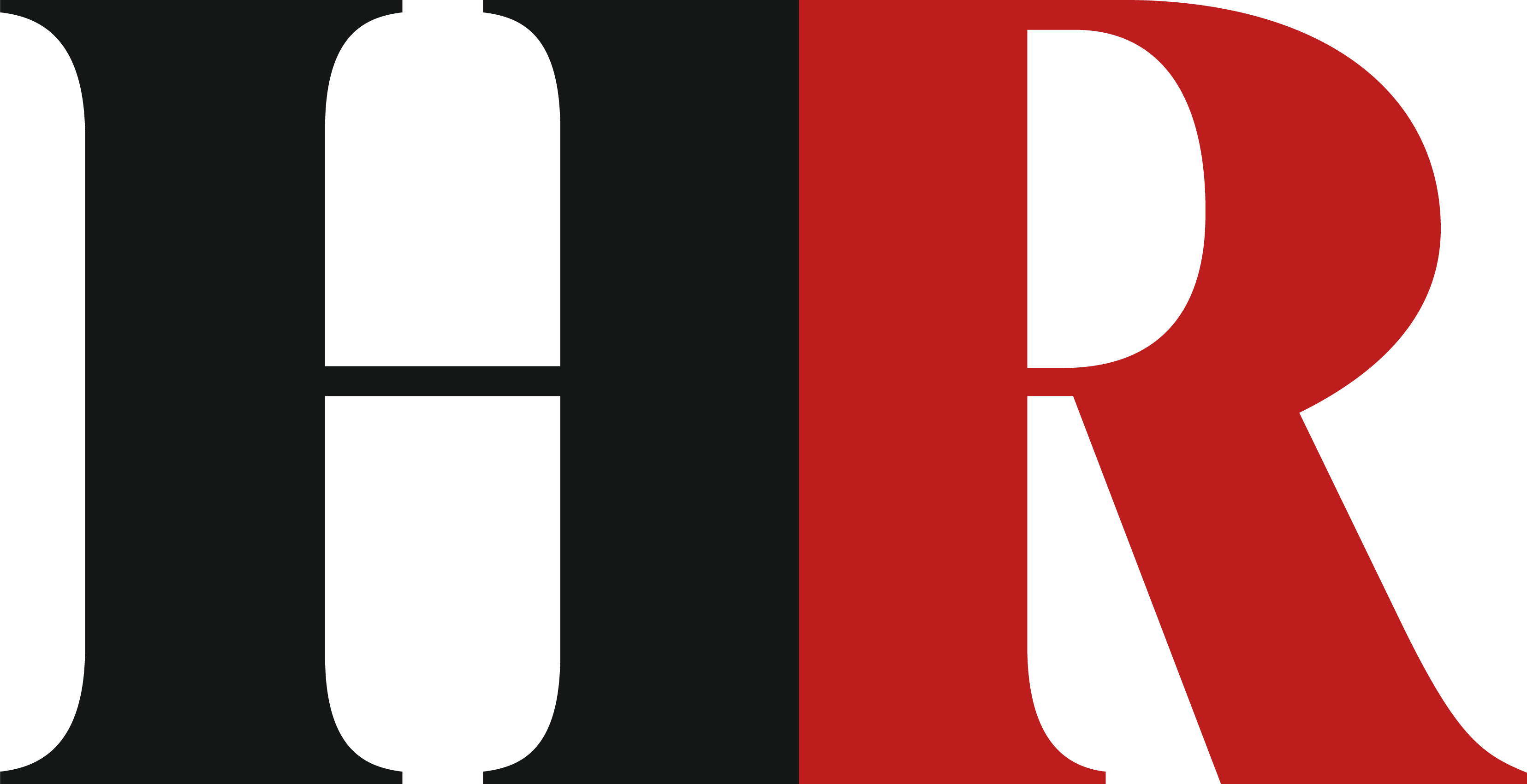Yet, every day, millions of employees work in jobs designed with little thought to structure or support. Organisations have either forgotten or never learned how critical it is to properly shape jobs.
Poorly designed roles, characterised by overwhelming workloads, unclear expectations and insufficient support, pose significant risks to mental health, much like unsafe buildings threaten physical safety. It’s time to treat job design as seriously as fire safety.
Read more: Job design needs a health-check, part one
Count the cost
While the perils of overwork, lack of role clarity, and absent support are well known, research also shows the transformative impact of good job design. Employees with well-constructed roles report being more energised, engaged and productive.
Insights from Australia
Australia has been leading the way in ensuring that employers audit roles to ensure they are sustainable and supportive. Health and safety legislation requires Australian organisations to mitigate mental health risks in job design – such as work structure, load, and role clarity – in the same way as physical hazards.
The SMART solution
To create roles that energise rather than exhaust, organisations can adopt the ‘SMART’ work design principles established by Professor Sharon Parker, a world-leading researcher in work design:
● Stimulating: Jobs should challenge and develop employees.
● Mastery-oriented: Roles should enable growth and skill development.
● Agency-enhancing: Employees should have autonomy in how they work.
● Relational: Roles should foster positive relationships and collaboration.
● Tolerable demands: Workloads must be manageable and sustainable.
In today’s fast-paced, hybrid workplaces, these principles are particularly relevant. Evidence shows they enhance wellbeing, engagement and productivity.
Job crafting
Beyond organisational job design, job crafting offers a powerful, practical way to foster thriving at work. Pioneered by Jane Dutton and Amy Wrzesniewski, job crafting empowers individuals to personalise tasks and relationships to align with their strengths.
A customer service rep might spend five extra minutes organising notes, to reduce confusion for colleagues. A healthcare worker might adjust patient check-ins to include moments of empathy. Small changes not only boost individual satisfaction, they create ripple effects that benefit teams.
A three-step framework
HR leaders can use this framework to bring rigour to job design:
● Diagnose: Audit current job designs to identify risks. Use surveys and focus groups to uncover pain points.
● Design: Apply SMART principles to reimagine roles. Ensure that jobs align with organisational goals and employee needs.
● Empower: Foster a culture of job crafting. Provide training and resources to help employees adapt their roles.
The path forward
HR and people leaders must bring job design back into focus as a core organisational responsibility. Just as we have fire drills and inspections to protect physical health, robust processes must safeguard mental health through better job design.
Australia’s legislation demonstrates what’s possible when we take this responsibility seriously. By diagnosing risks, designing smarter roles, and empowering employees, HR leaders can create workplaces where people thrive. the question is, will we act before the (fire) alarm rings?
Rob Baker is the founder of the Tailored Thinking consultancy
This article was published in the January/February 2025 edition of HR magazine.
Subscribe today to have our latest articles delivered to your desk.





